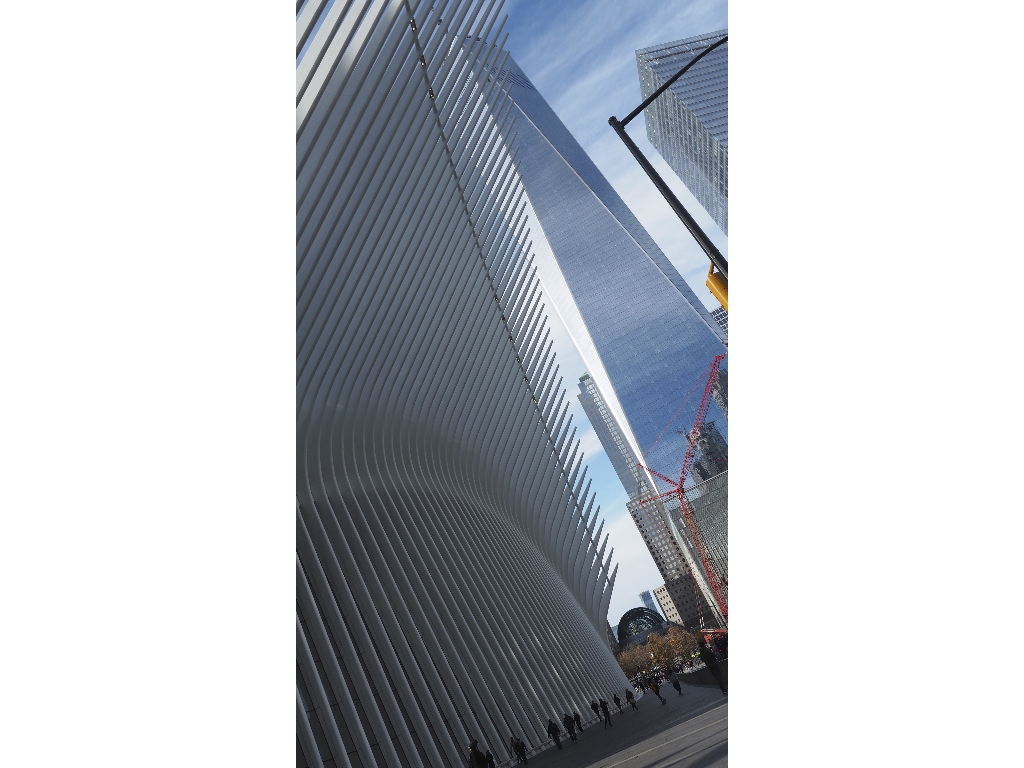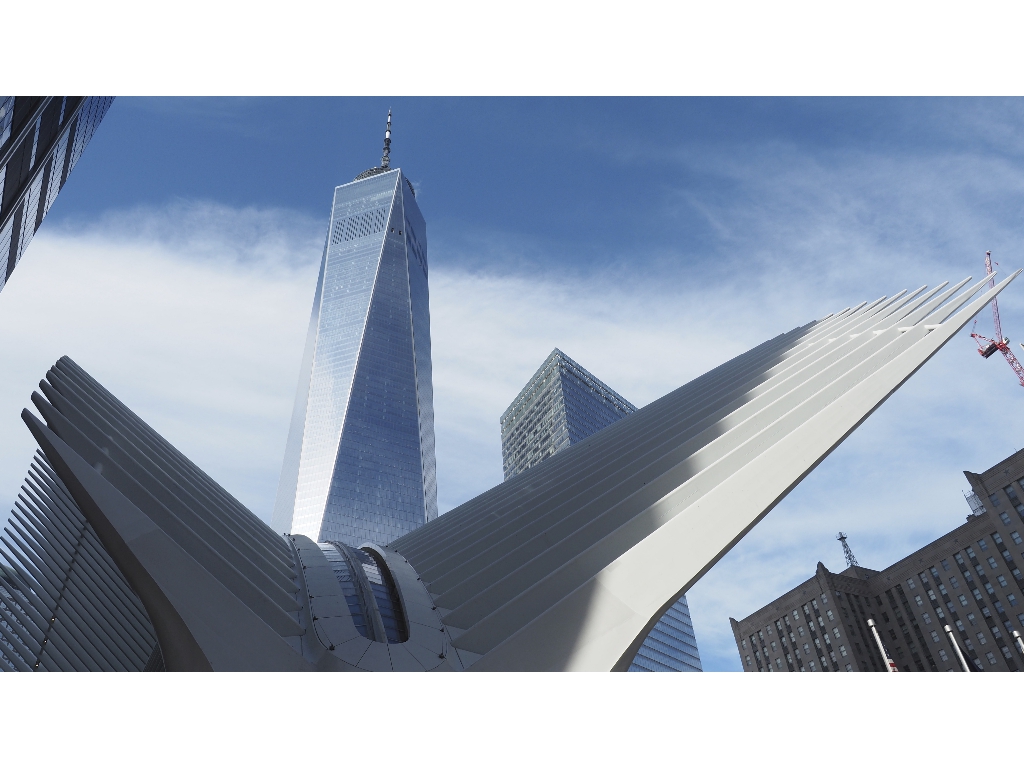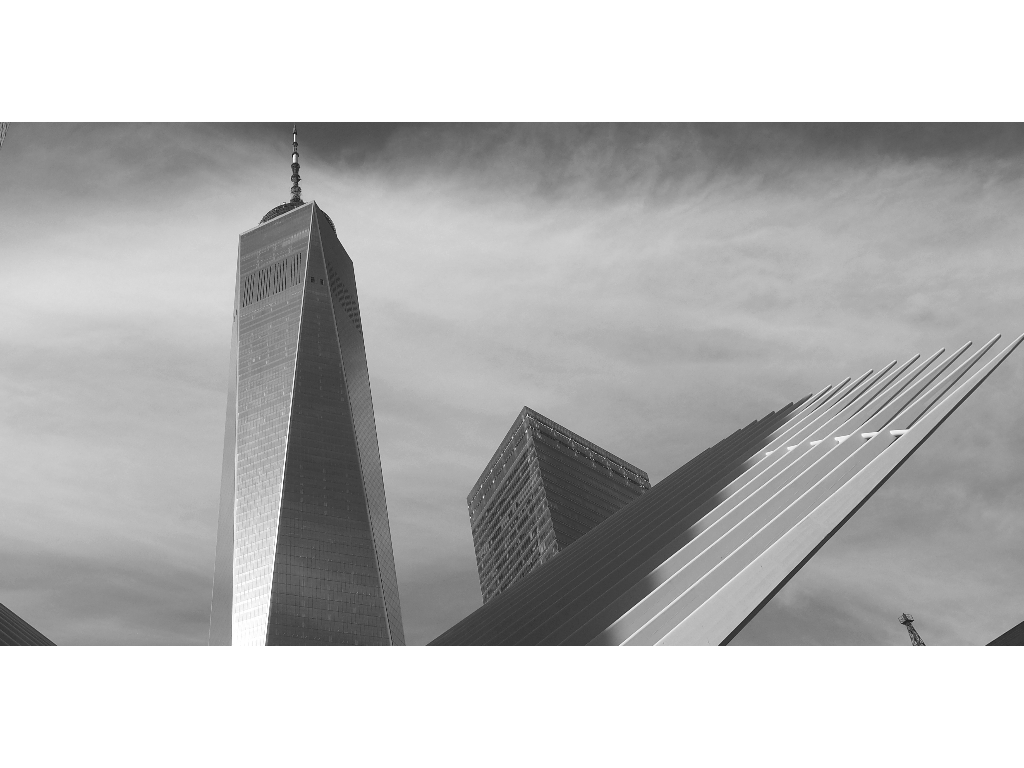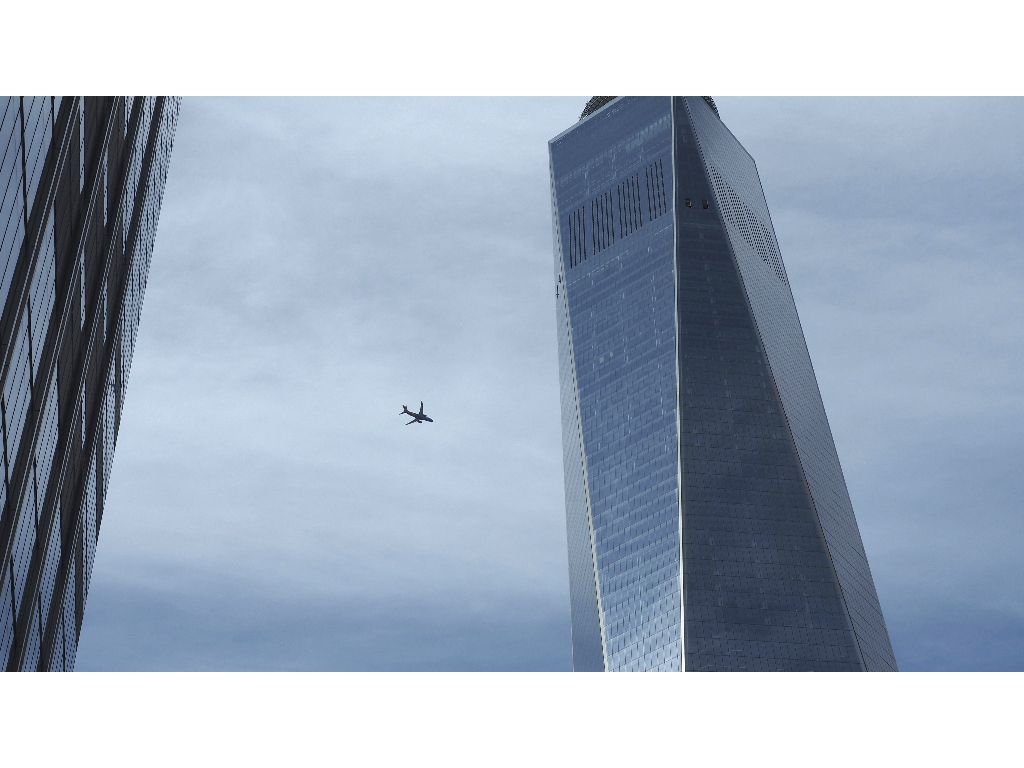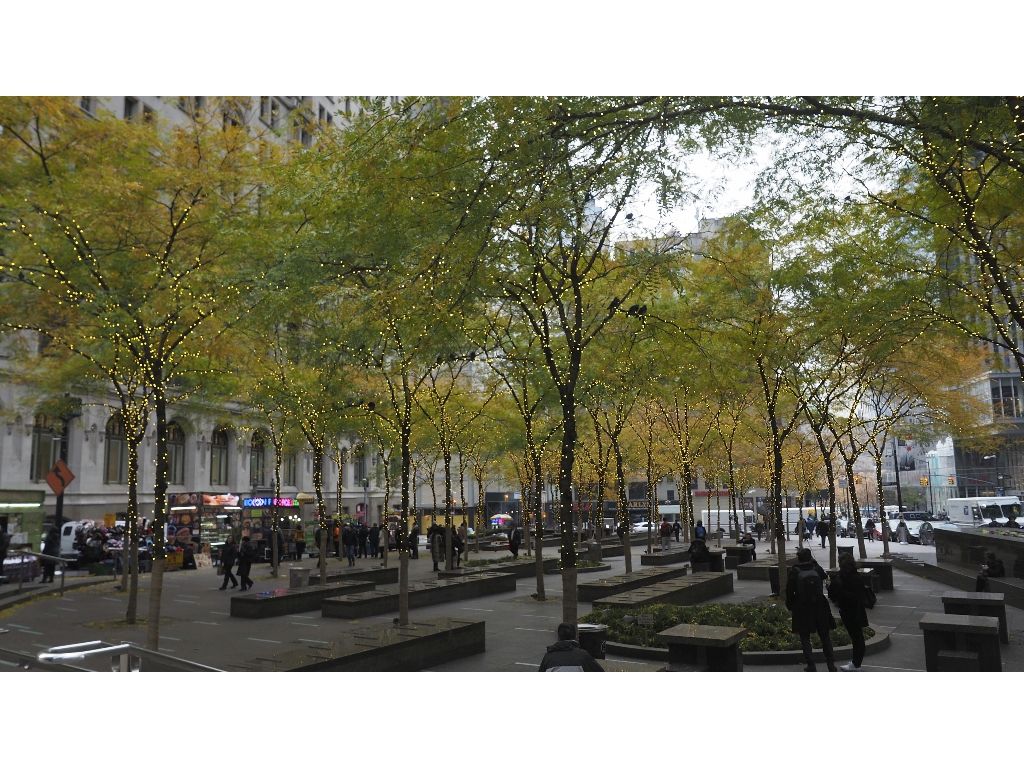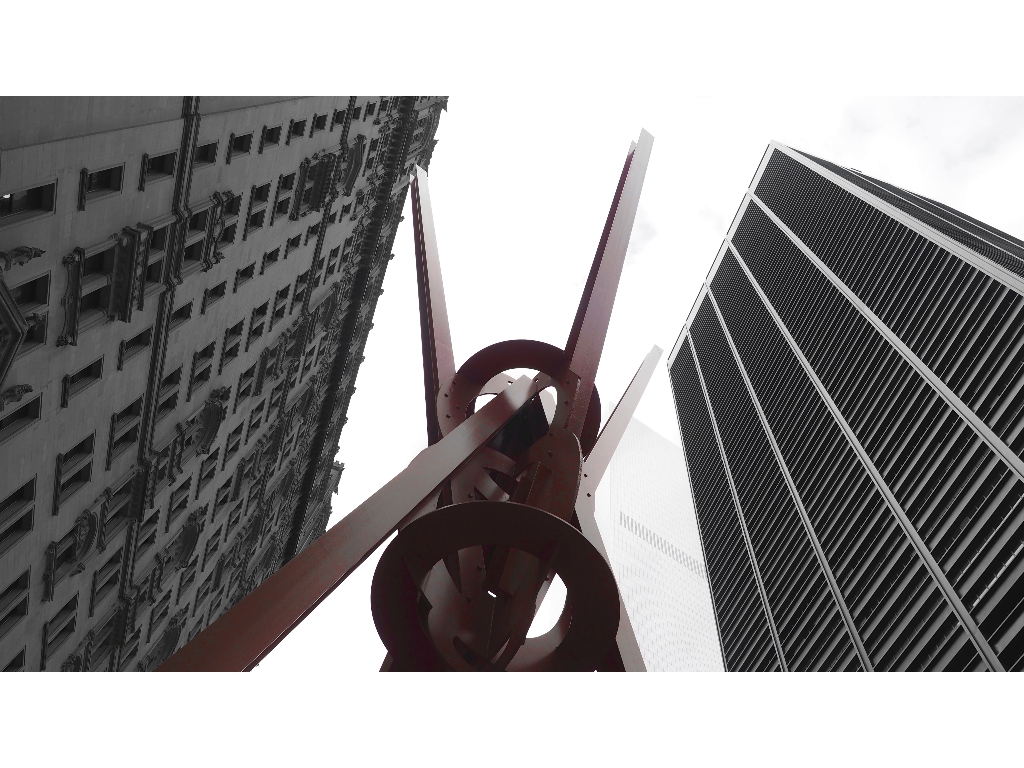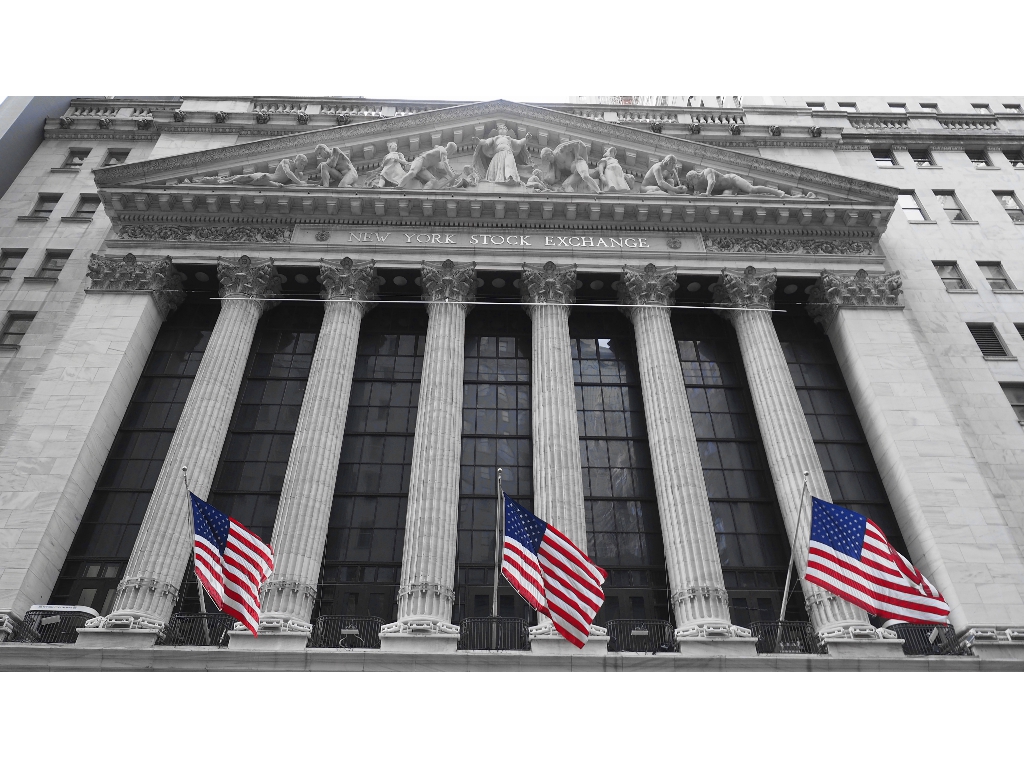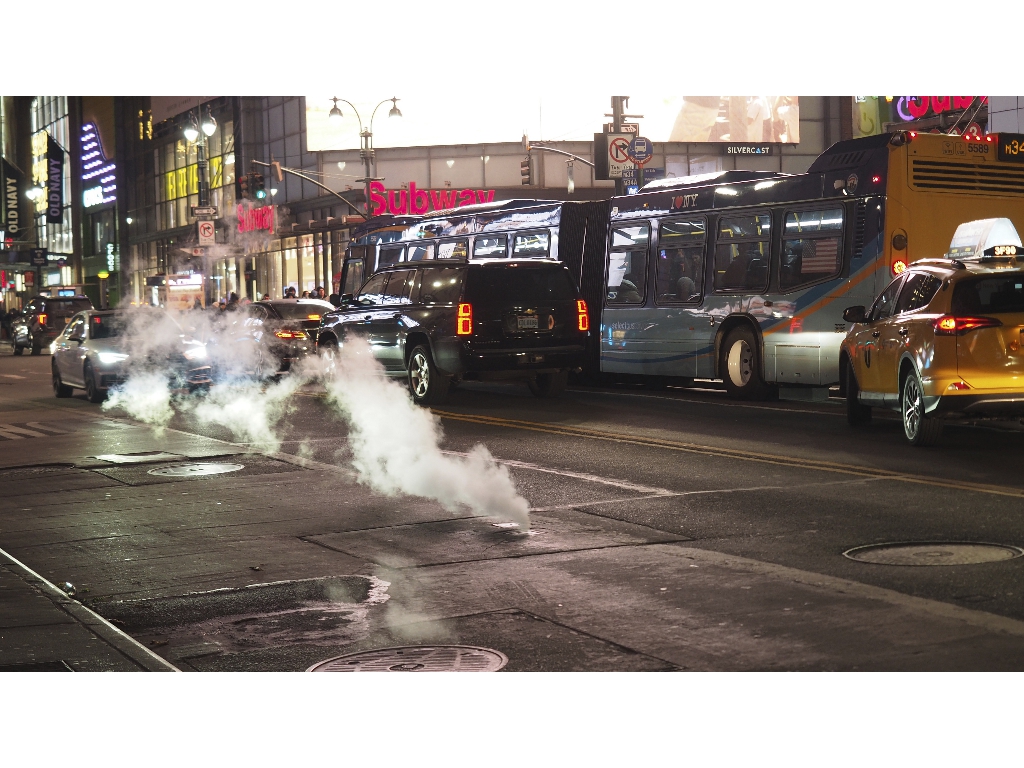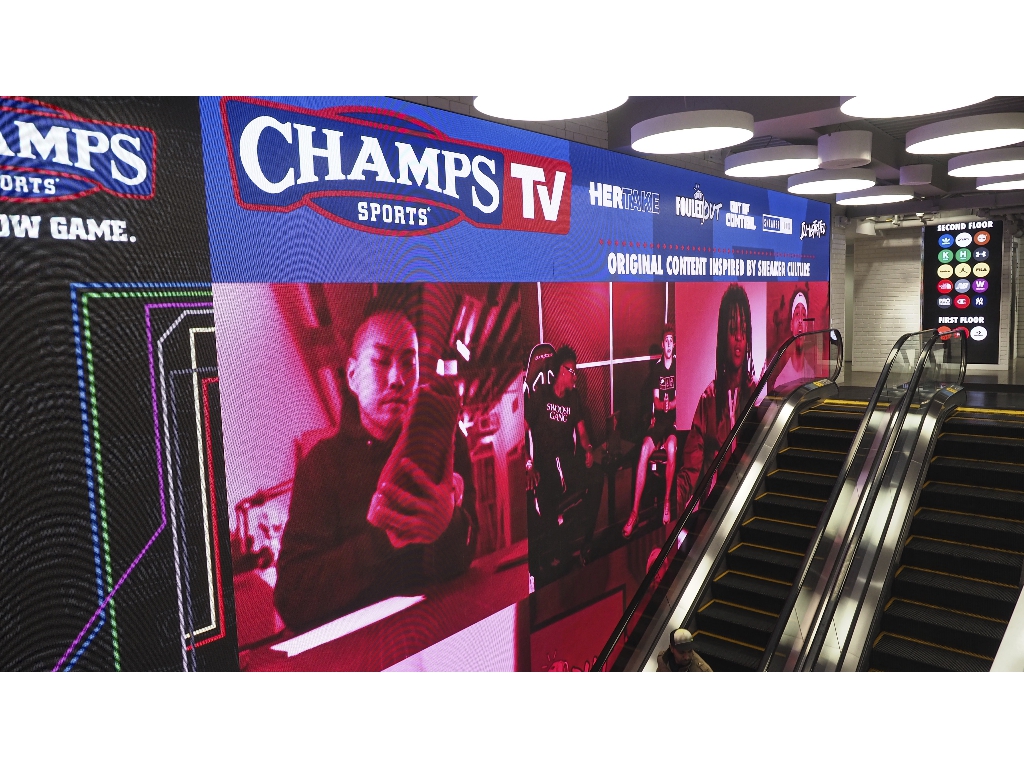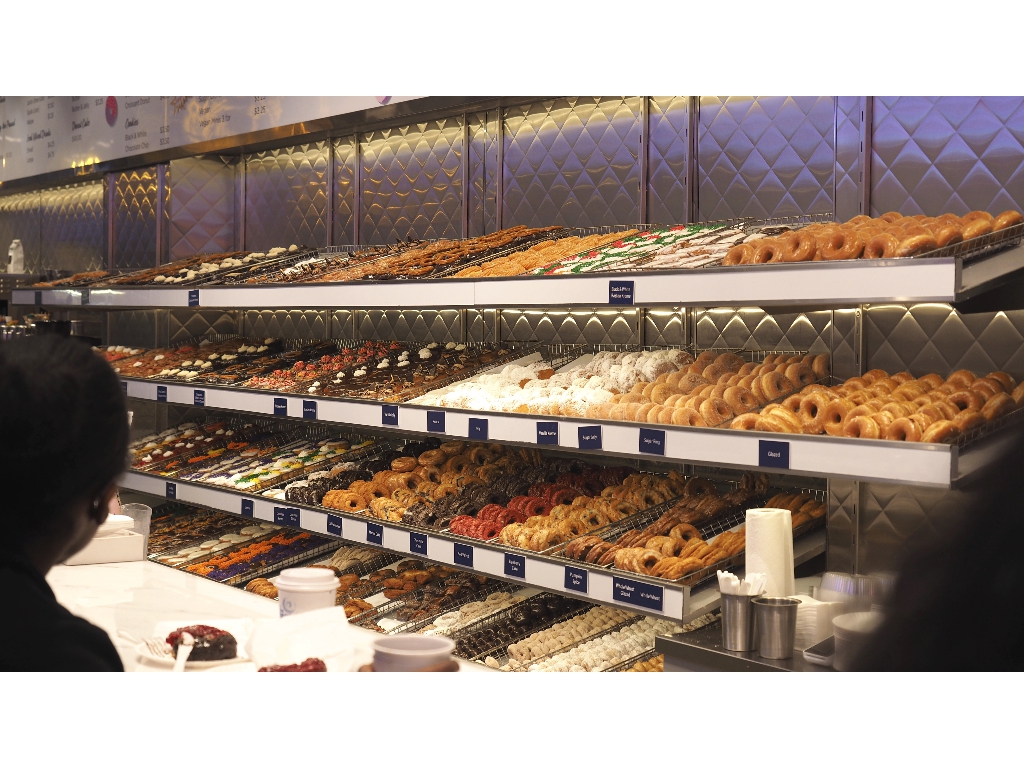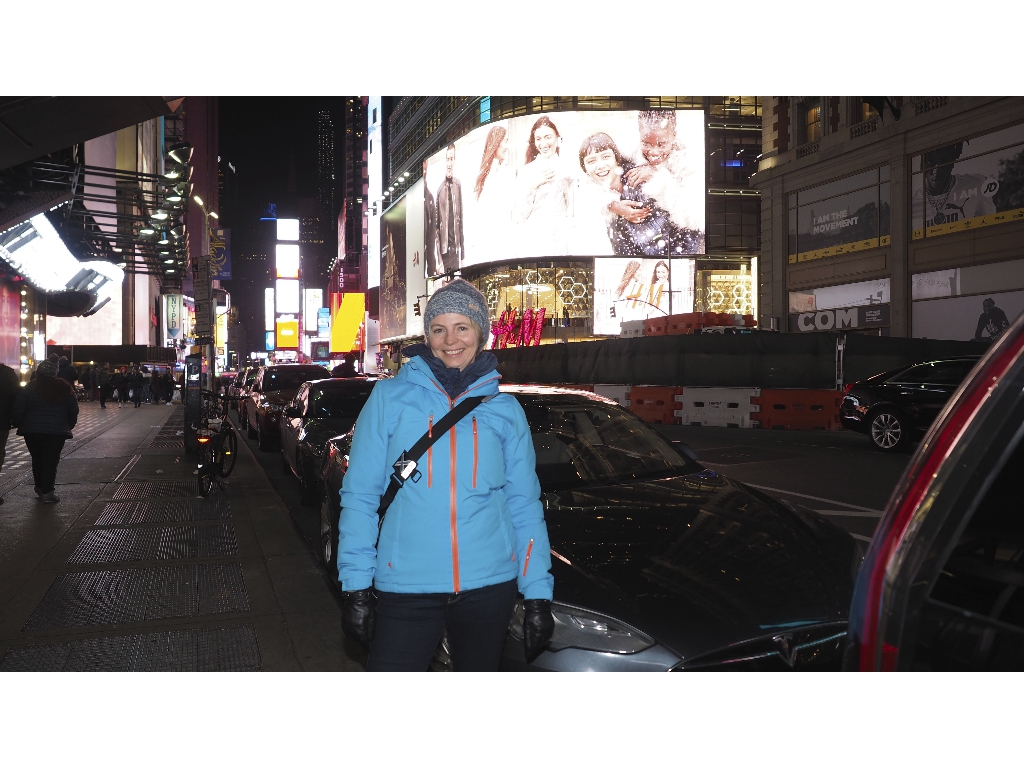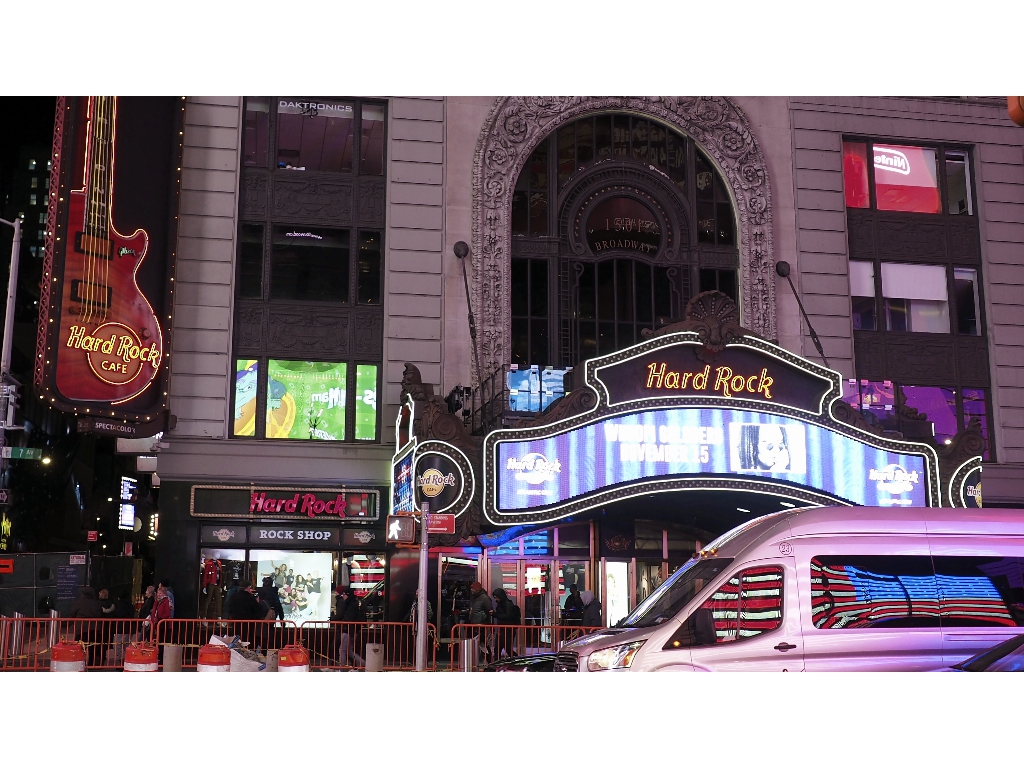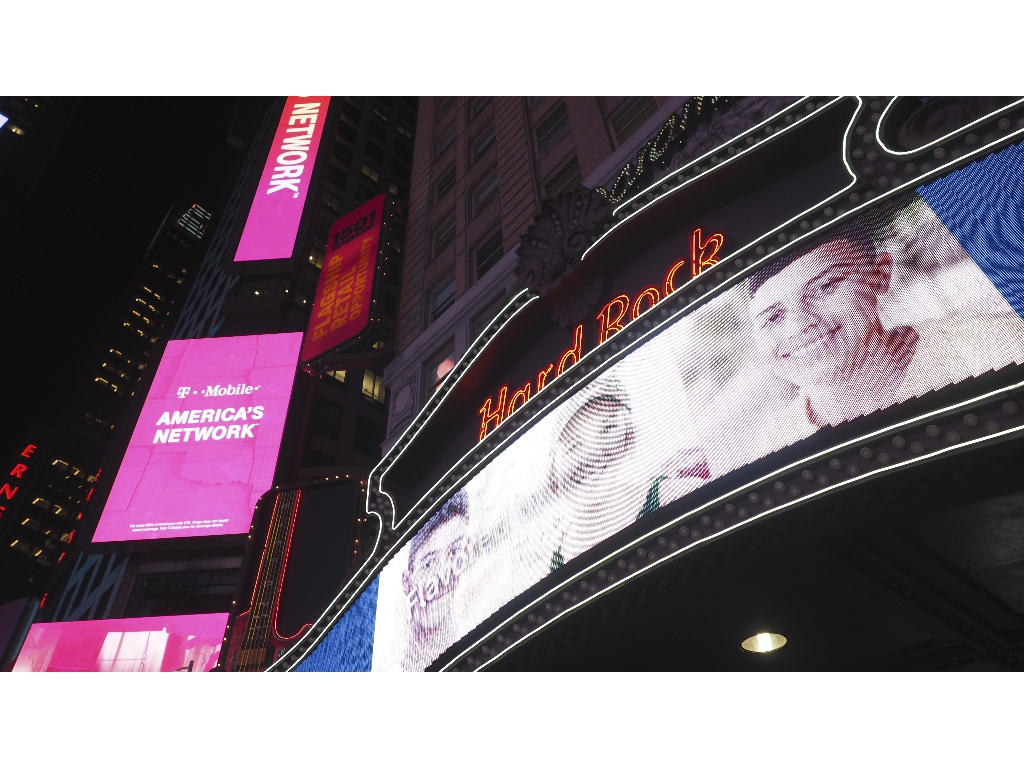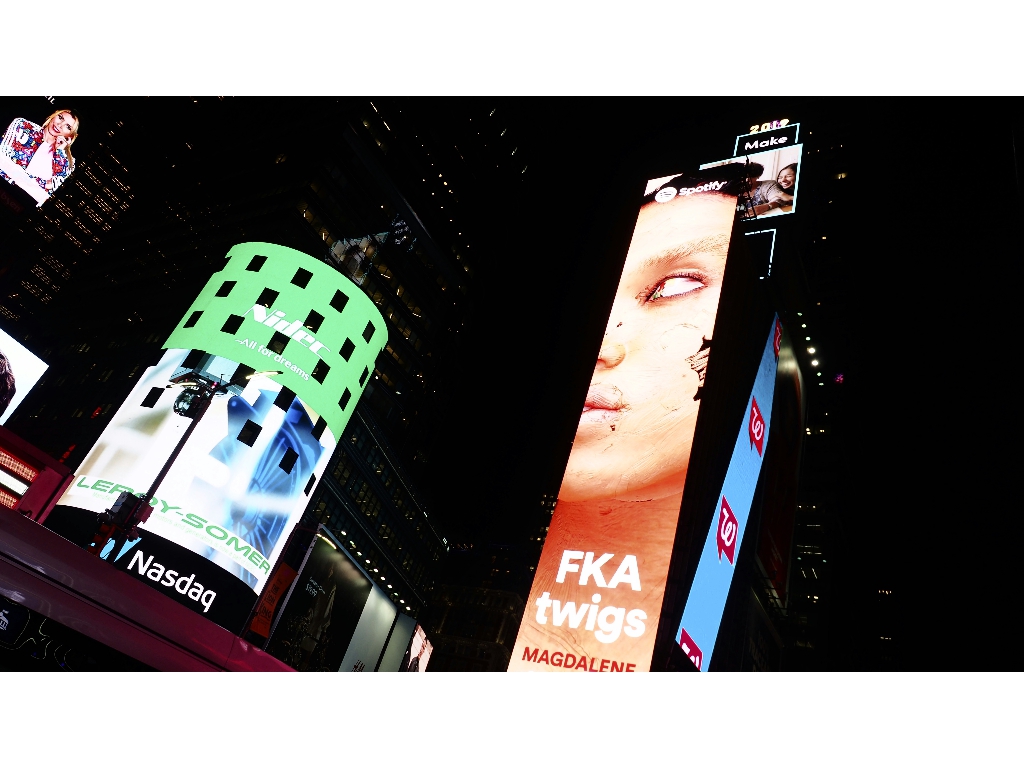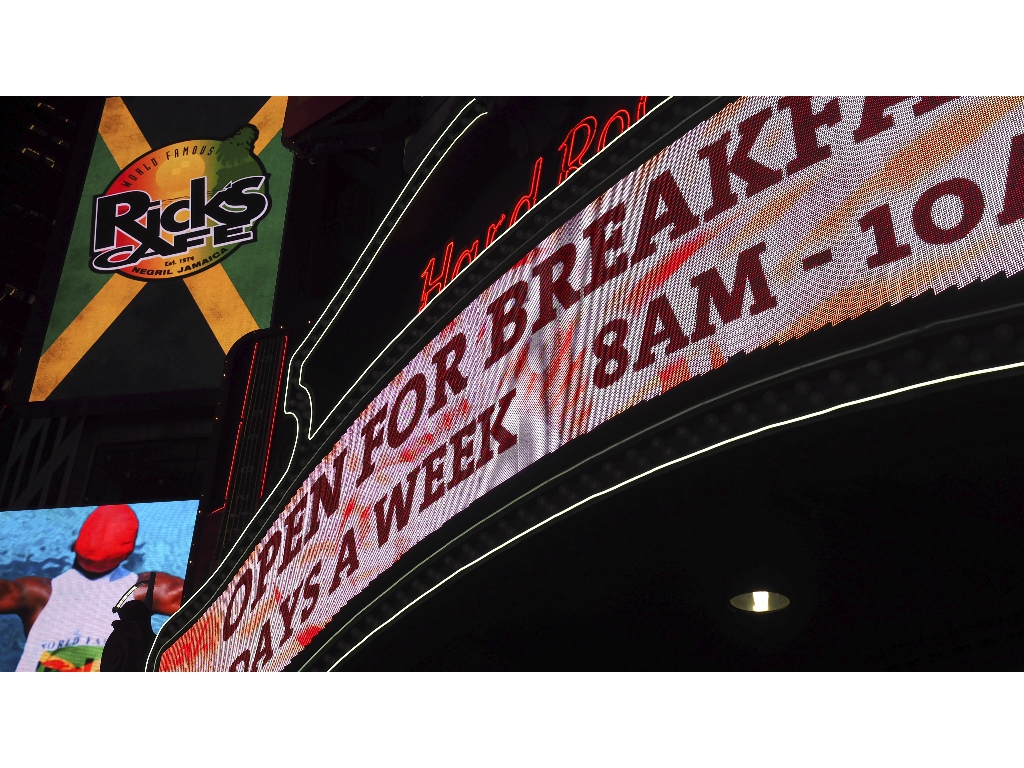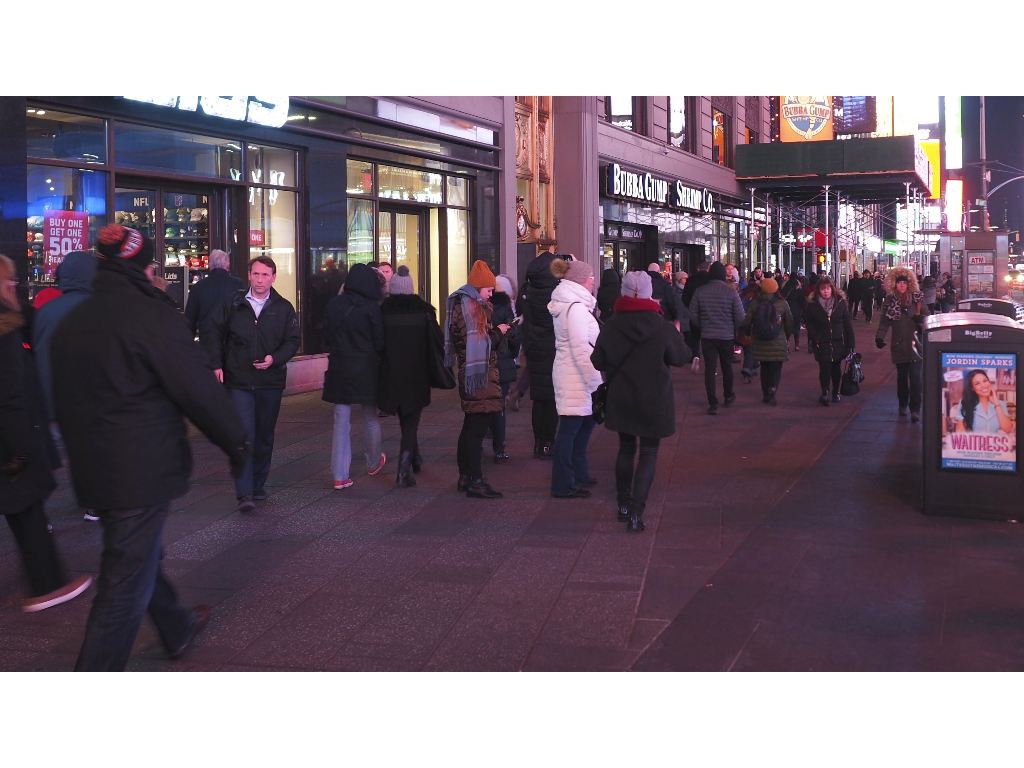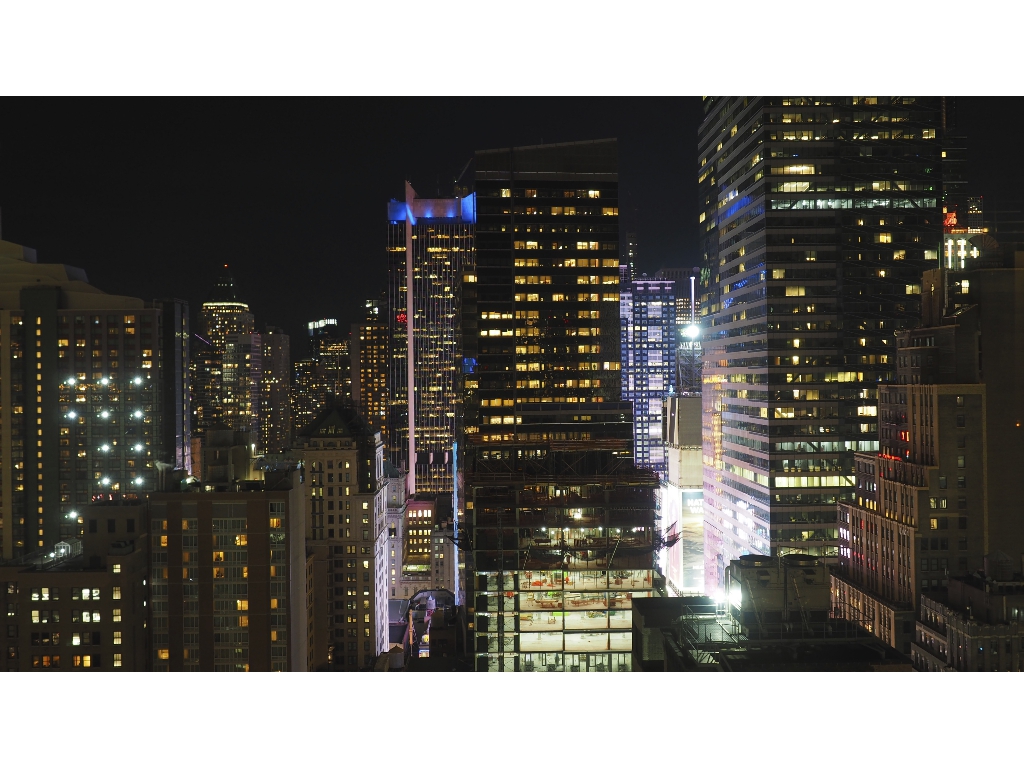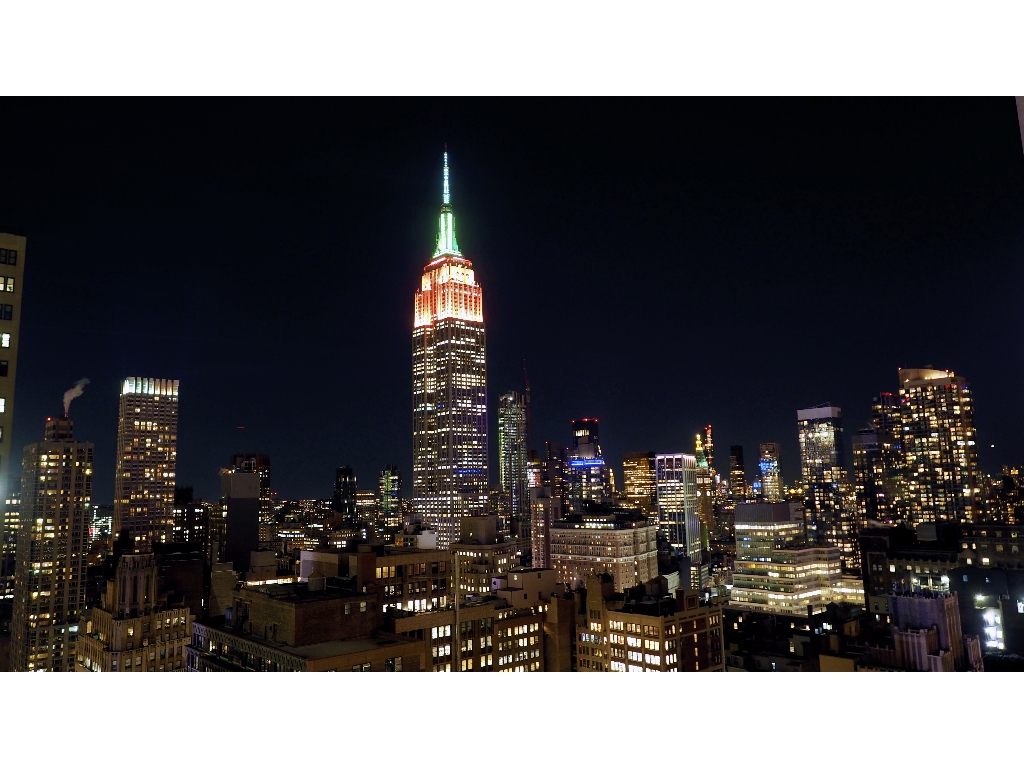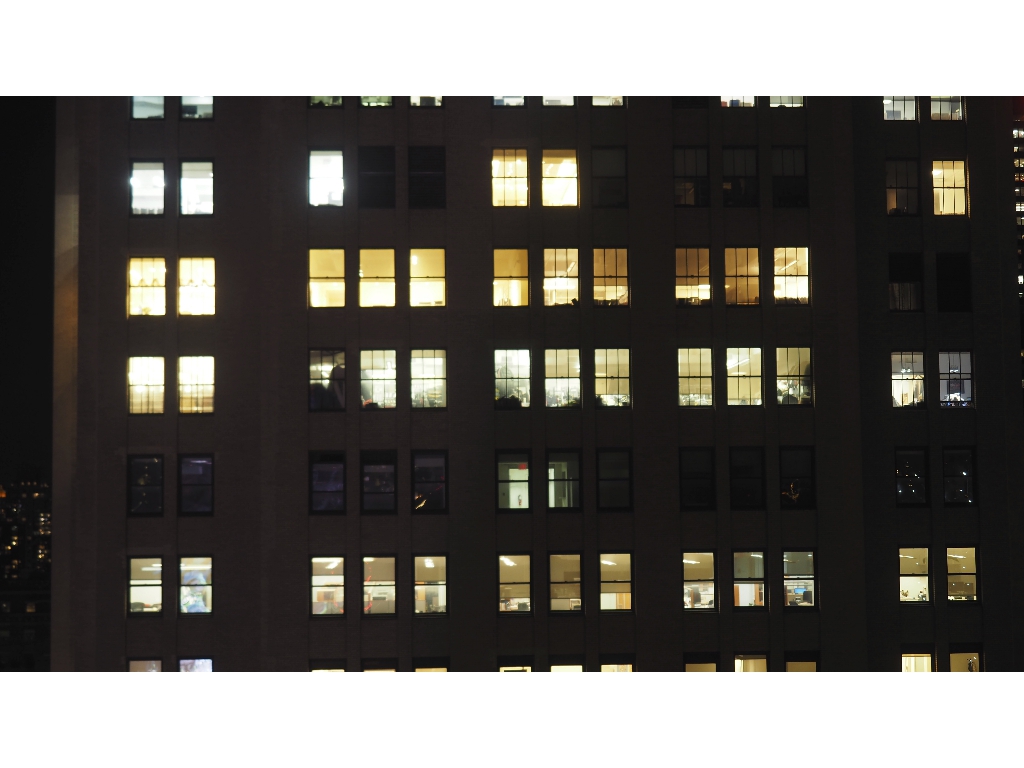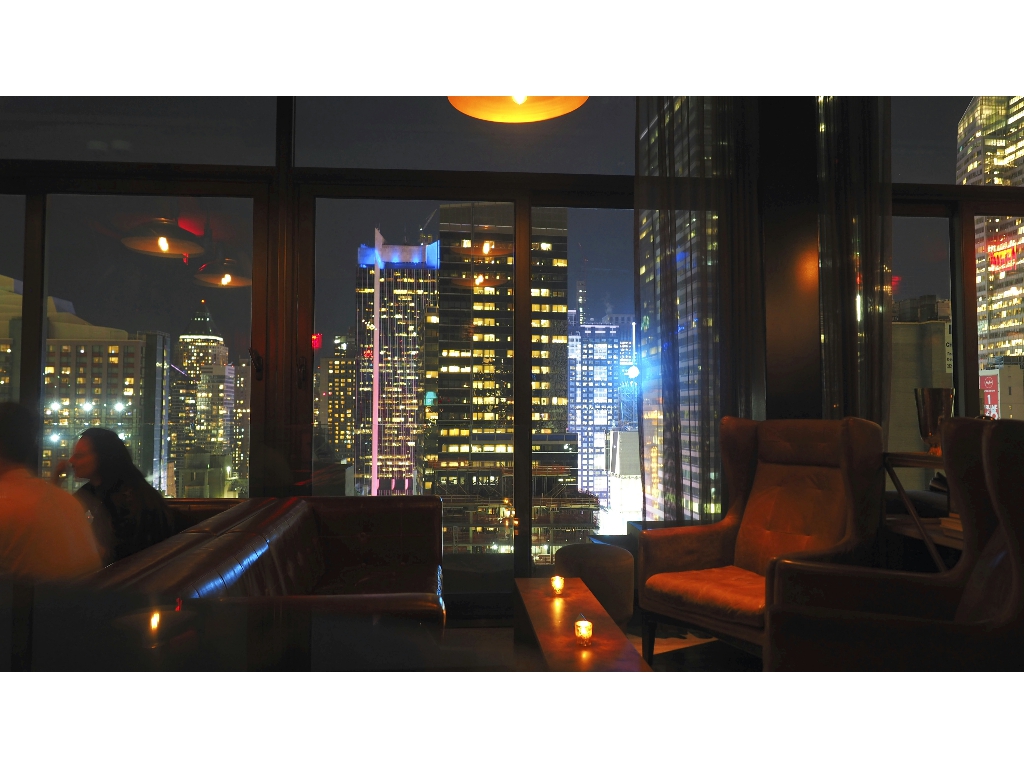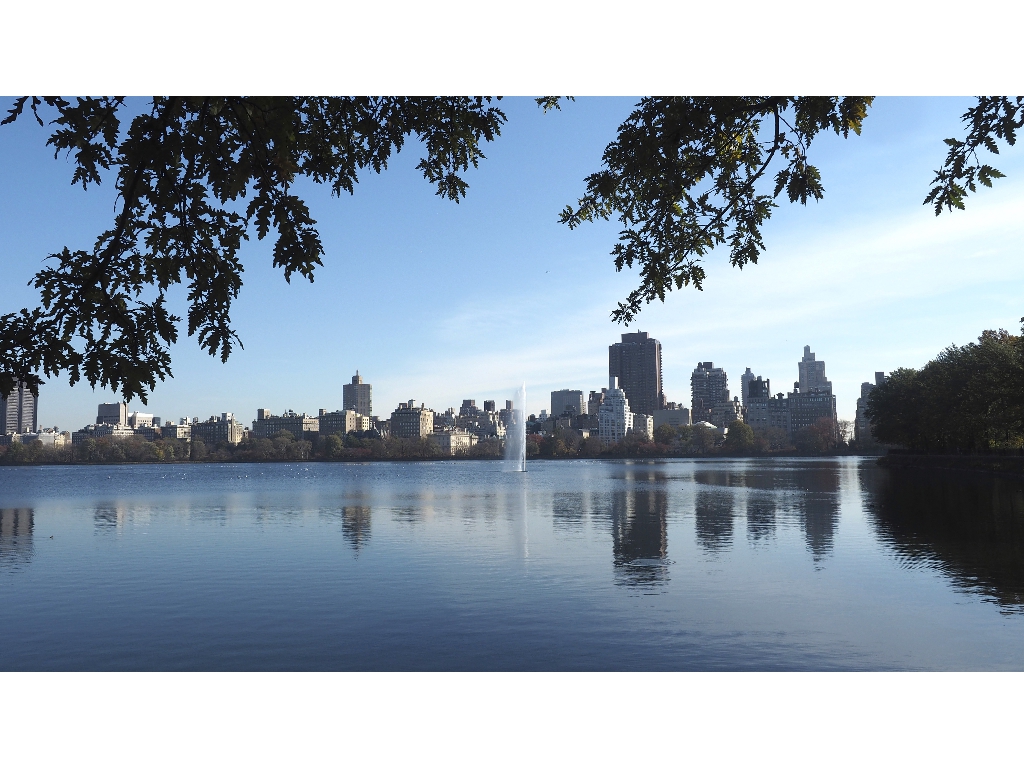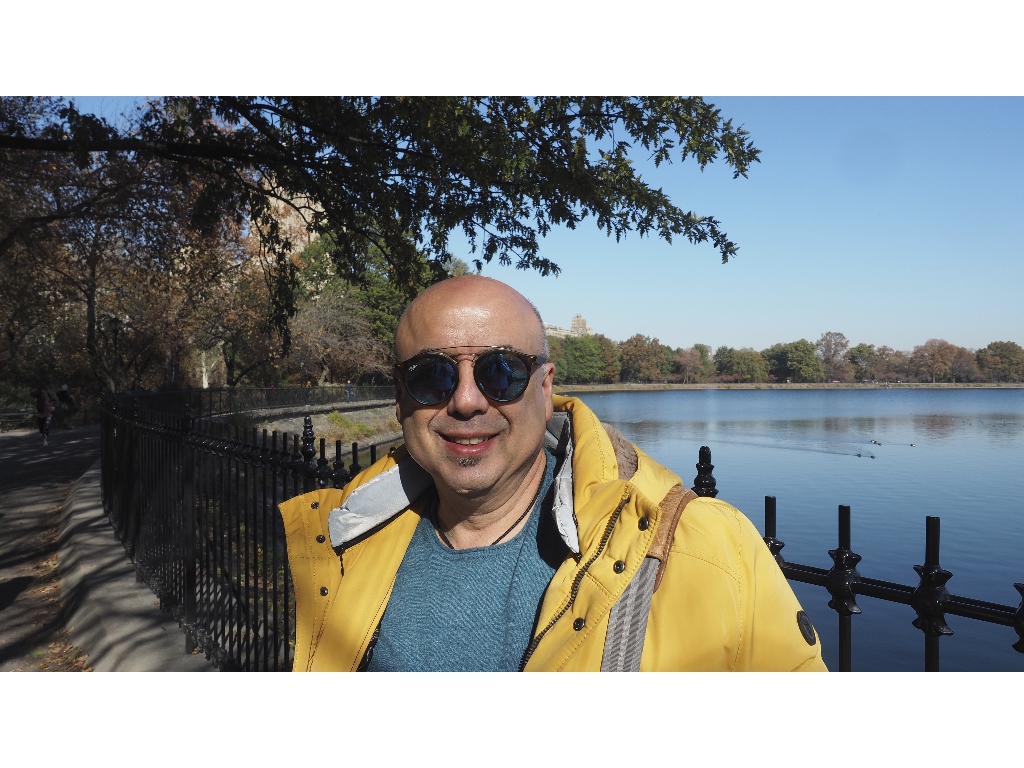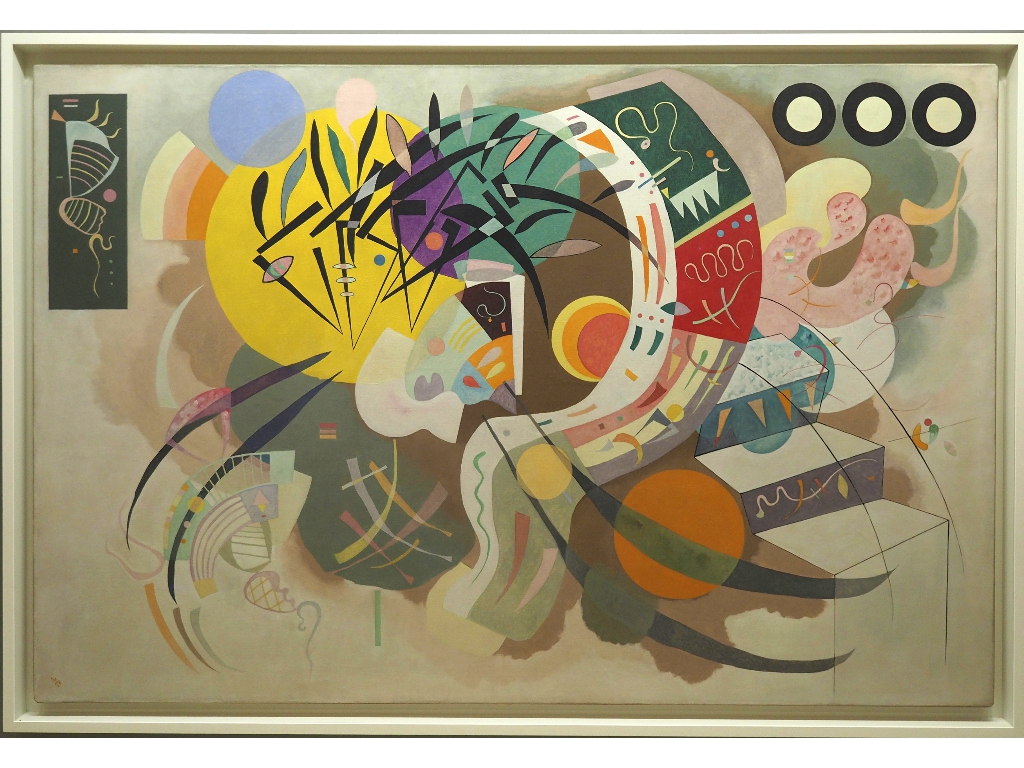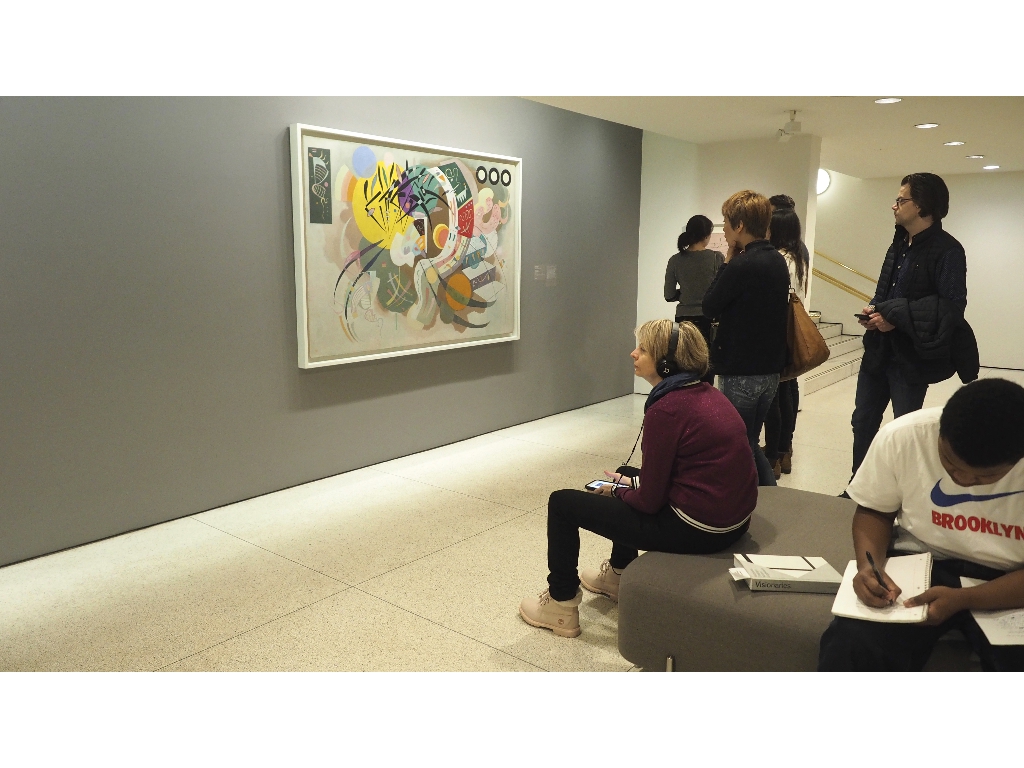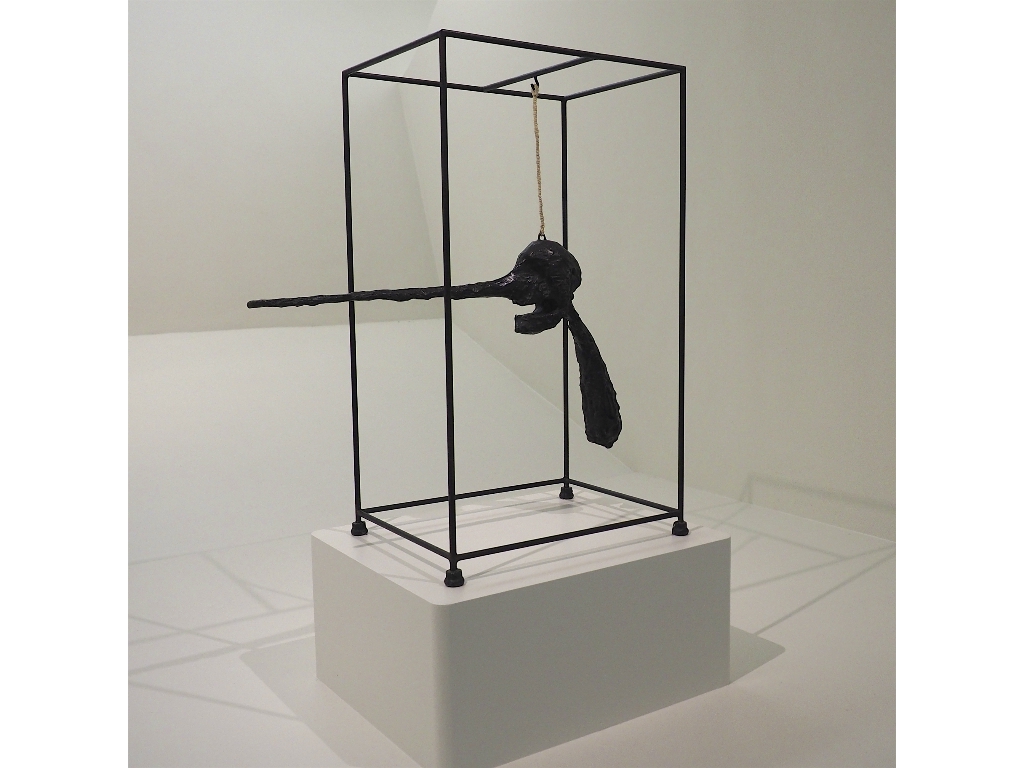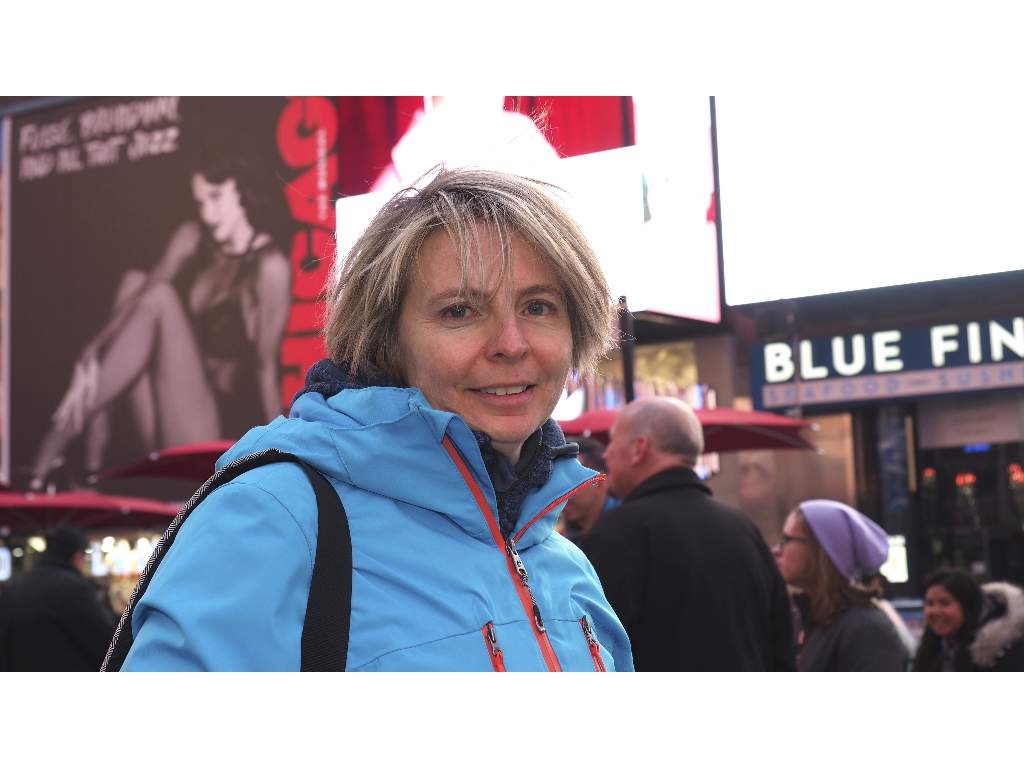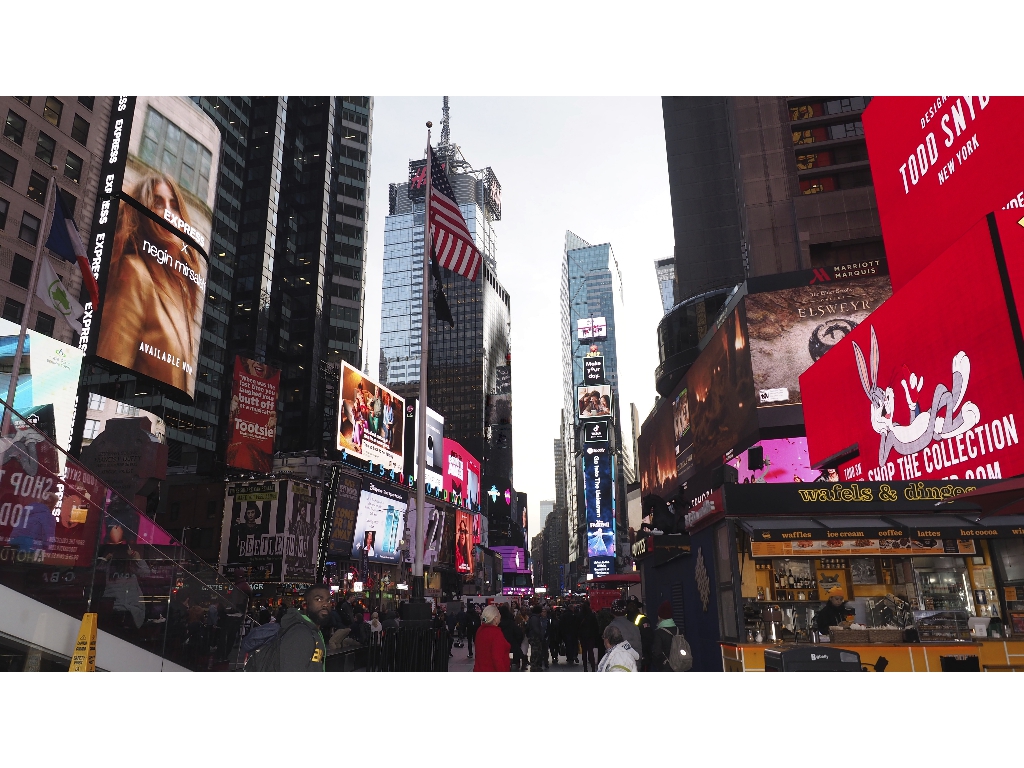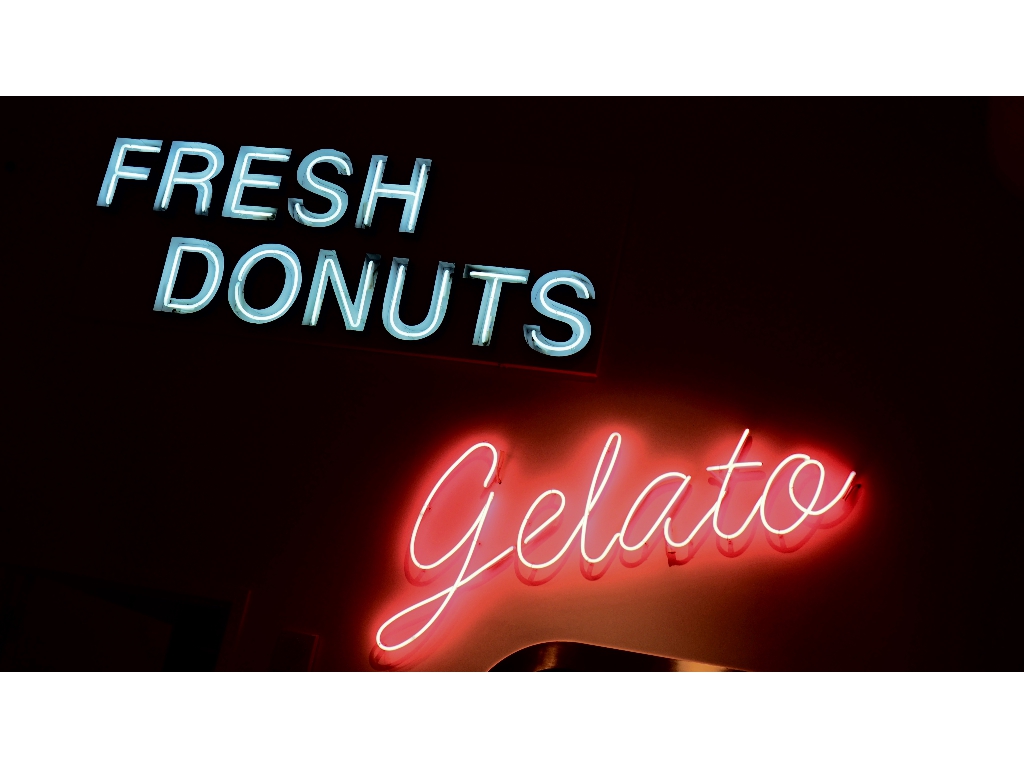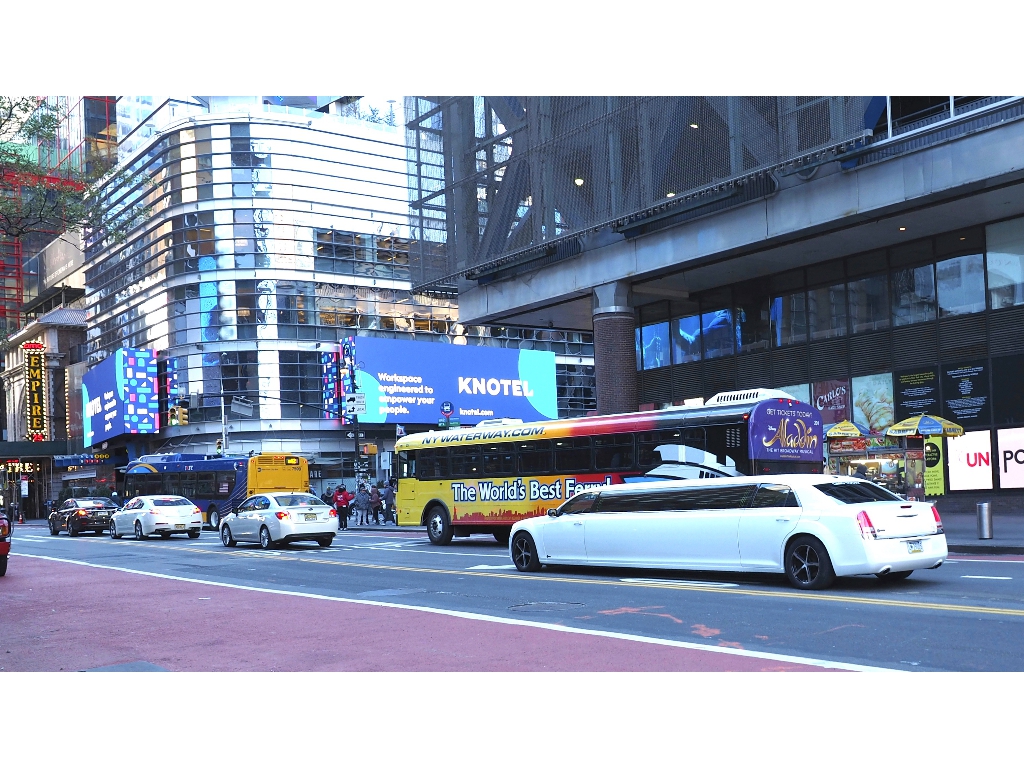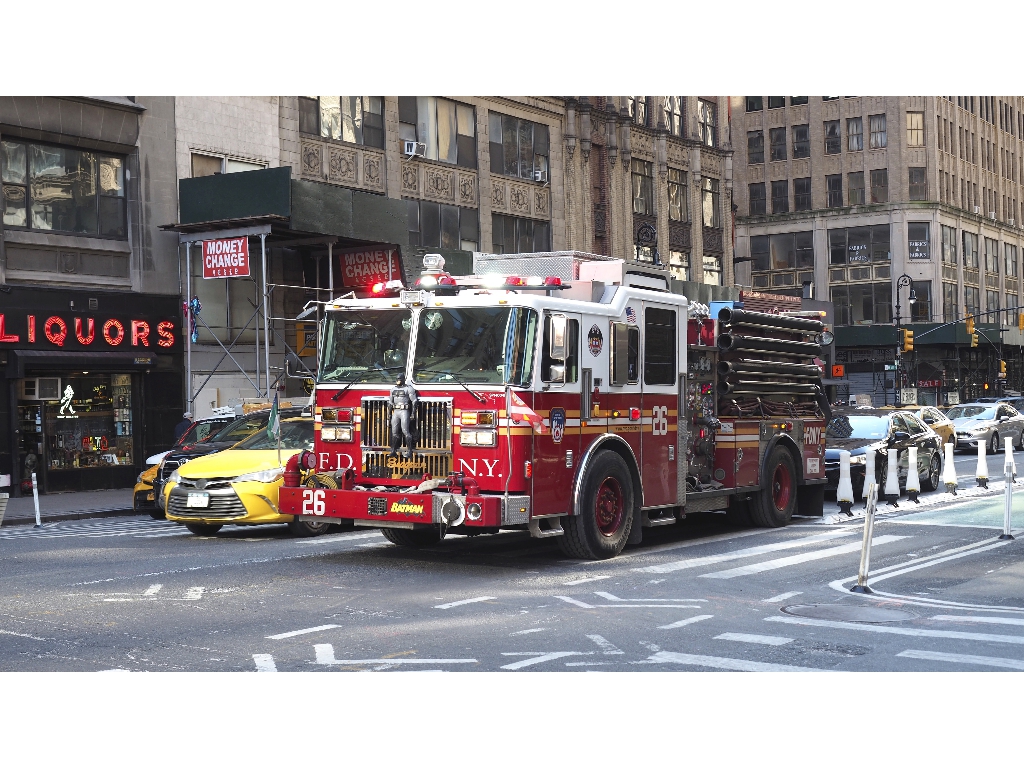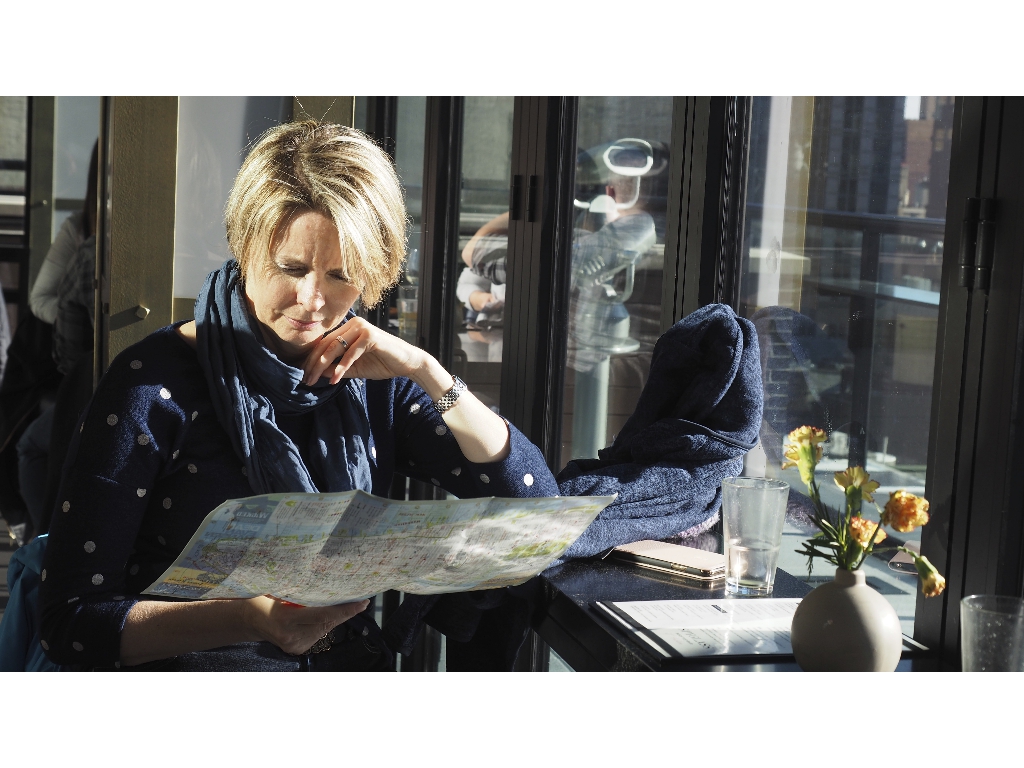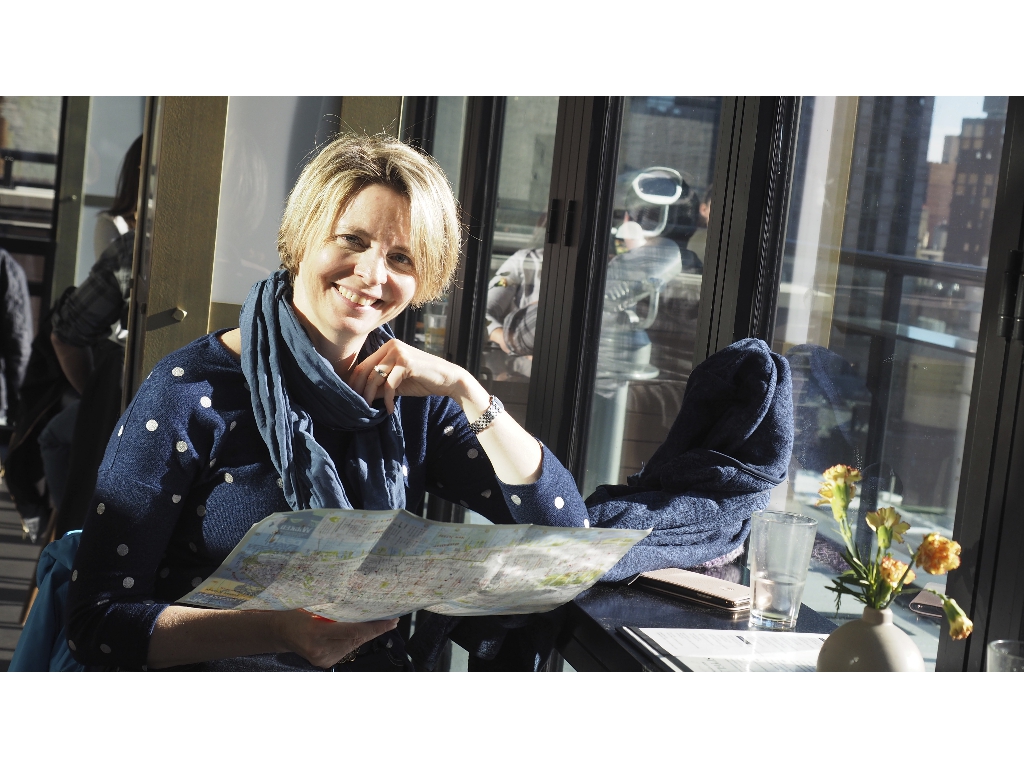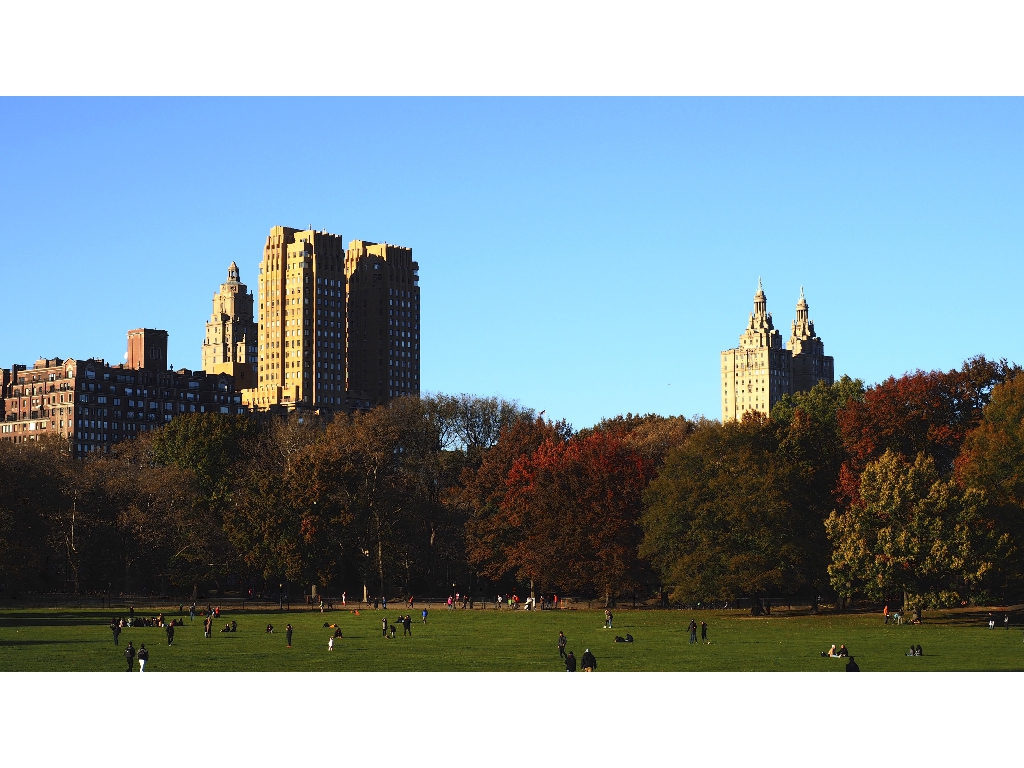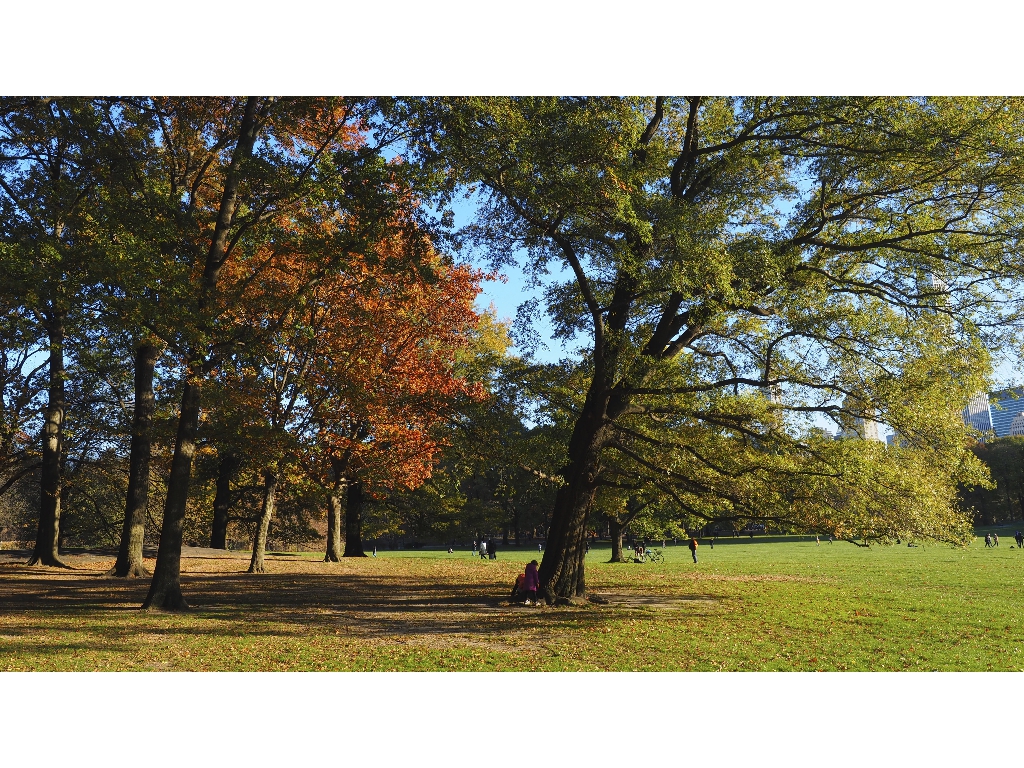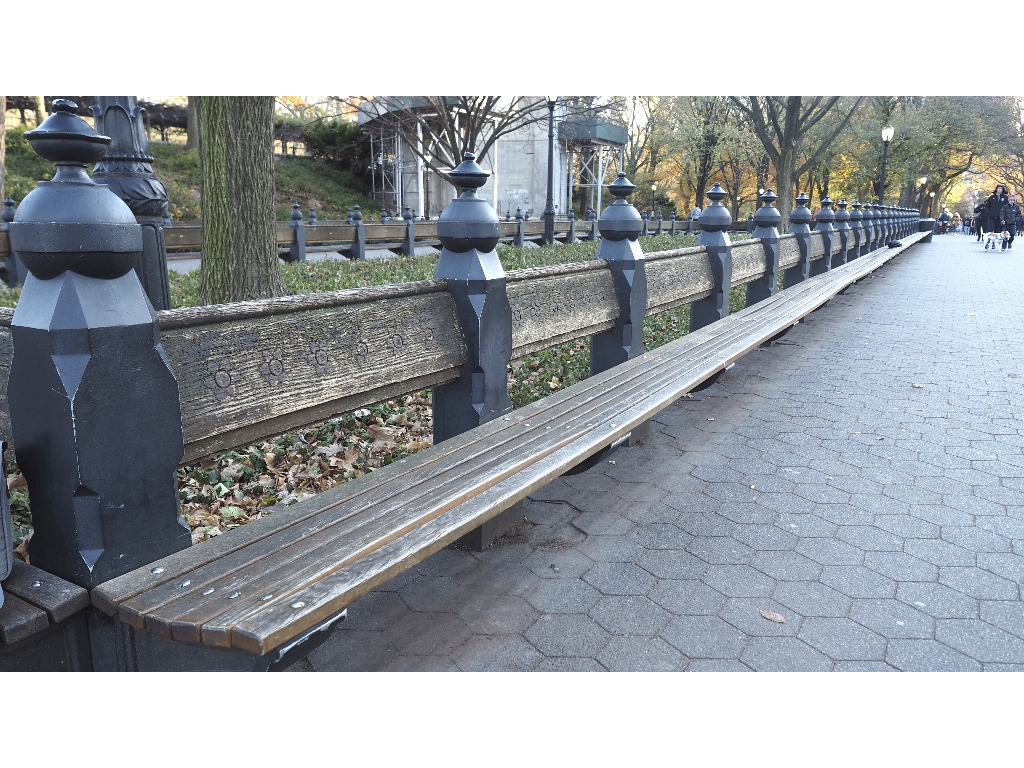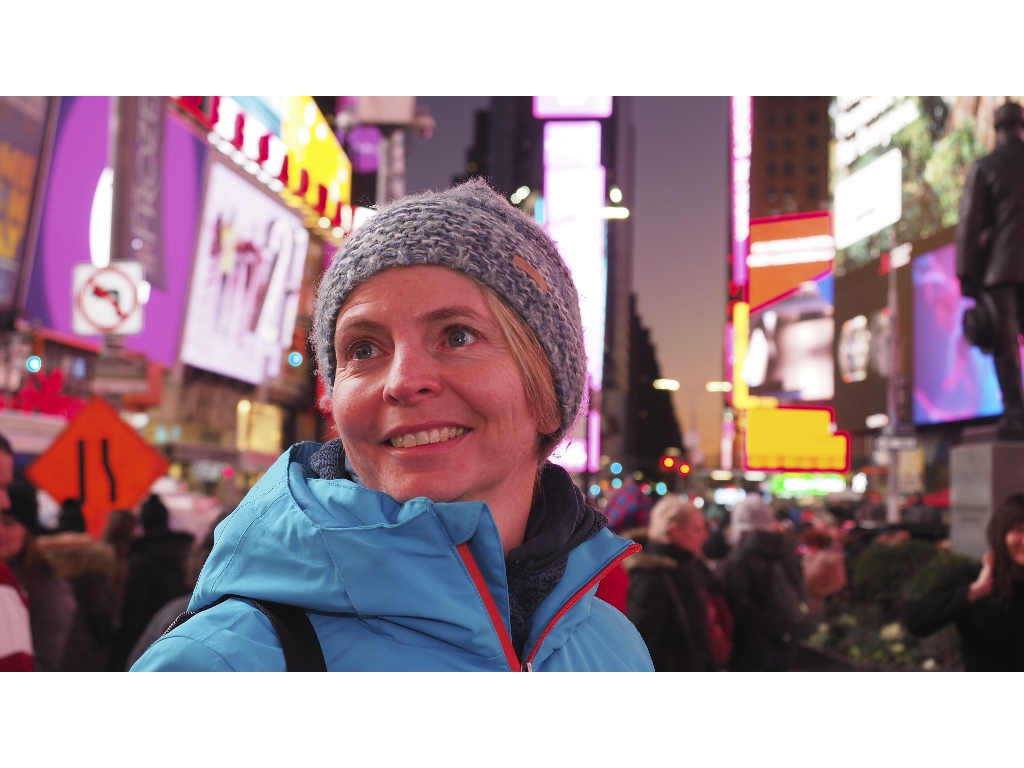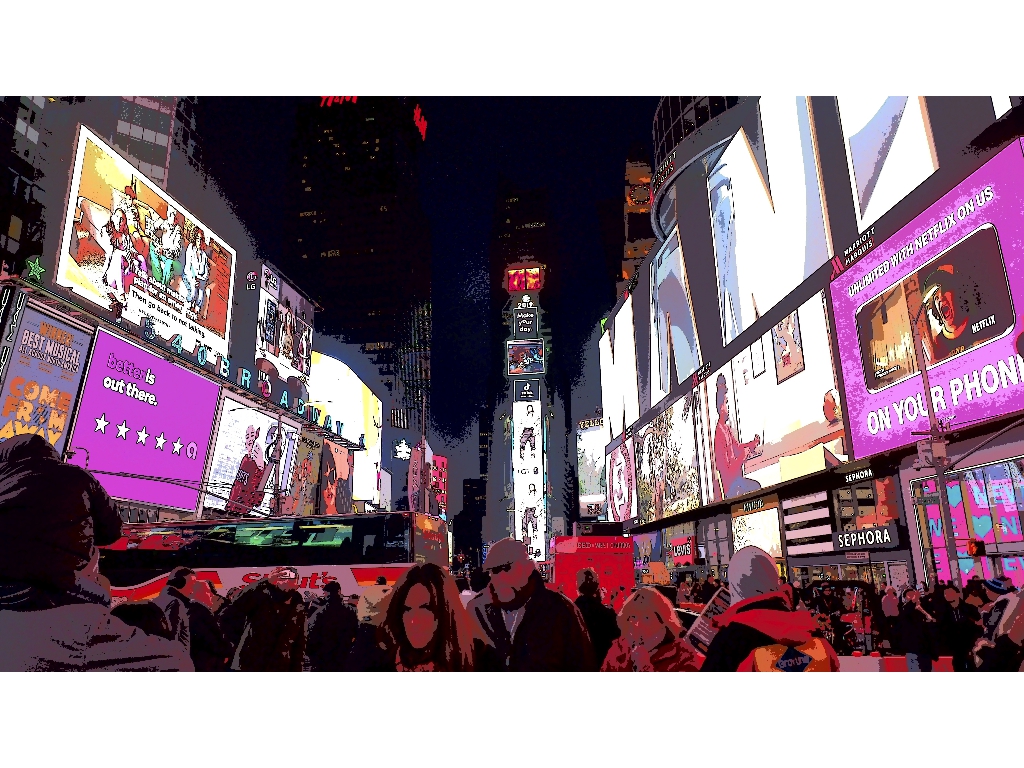Manhattan
Manhattan is divided into three areas: Midtown, Uptown, and Downtown. Getting around Midtown and Uptown is relatively easy thanks to the street grid - avenues travel north and south, streets travel east and west. Fifth Avenue runs down the center, anchored by huge Central Park, the 'green lung' of the city. Midtown comprises Midtown East, best known for Grand Central Terminal, the United Nations and the Chrysler Building, and Midtown West, home of Times Square, Rockefeller Center and MoMA, the Museum of Modern Art.
Cool, elegant Uptown is epitomized by the Upper East Side - between 82nd and 104th streets are nine cultural treasures so lavish that this stretch is known as Museum Mile. The Upper West Side is both more towering (Trump International Tower, the Time Warner Center) and more family-oriented. At the top end of Manhattan is Harlem, which is currently undergoing a cultural renaissance.
Downtown is more of a challenge to navigate, as its smaller streets do not follow a pattern, and have names instead of numbers. Some of New York's oldest sites are here, as well as the newest hotspots. Downtown is Gramercy Park, Chelsea, Greenwich Village, Chinatown, and the hip and happening Lower East Side. Downtown is also Alphabet City - Avenues A, B, C, and D - plus NoHo, NoLita, and SoFi: a large-scale map of this area looks like a kidnapper's ransom note. In a few years these Downtown neighborhoods will be so familiar the letters will all be the same size, as are those in the areas previously written as SoHo (South of Houston) and TriBeCa (Triangle Below Canal).
Lower Manhattan is the center of financial New York, where Wall Street banks keep tabs on the money before the Meatpacking District soaks it up again in its high-end restaurants and boutiques.
New York's Outer Boroughs include Brooklyn, Queens, Staten Island, and the Bronx.
'The Bronx? No thonx,' said poet Ogden Nash. You may be surprised.
